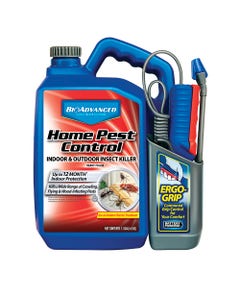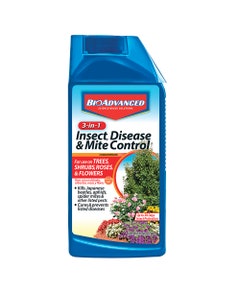

- Home
- Learning Article
- Stinkbug Prevention
Stink Bug Prevention
Stinkbugs are a common household pest that many homeowners dread seeing. They can invade homes in large numbers and leave a foul odor in their wake. However, not all stinkbugs are created equal, and some species are more problematic than others. In this article, we will discuss the different types of stinkbugs and how to prevent infestations.
Brown Marmortated Stinkbug:
The brown marmorated stinkbug (BMSB) is one of the most common stinkbug species found in the United States. Originally from Asia, BMSBs were accidentally introduced to the United States in the mid-1990s and have since become a major agricultural pest. They feed on fruits, vegetables, and other crops, causing significant damage to agriculture. BMSBs are also a nuisance to homeowners, as they can invade homes in large numbers during the fall and winter months, seeking shelter from the cold. They emit a strong odor when threatened or squished, which can be difficult to get rid of.
Green Stinkbug:
Another species of stinkbug commonly found in the United States is the green stinkbug. These bugs are bright green and have a distinctive triangular shape. They are less of a nuisance than BMSBs and are not considered a significant agricultural pest. Green stinkbugs are often found in gardens, feeding on plants and flowers. They do not typically invade homes, but can occasionally be found inside during the fall months.
Harlequin Bug:
The harlequin bug is another species of stinkbug that is commonly found in gardens. They are brightly colored, with black and orange markings, and feed on cruciferous plants such as cabbage, broccoli, and kale. Harlequin bugs can be a significant pest in gardens, causing damage to crops and reducing yields.
Prevent Stinkbug Infestations:
Now that we've discussed the different types of stinkbugs, let's talk about how to prevent infestations. One of the most effective ways to prevent stinkbugs from invading your home is to seal up any cracks and crevices they could use to sneak in. Pay particular attention to doors and windows, as these are common entry points. You can use caulk or weatherstripping to seal up these gaps and keep stinkbugs out.
Another effective method of preventing stinkbug infestations is to remove any food sources that might attract them. Stinkbugs are attracted to ripe fruits and vegetables, so be sure to store them in airtight containers or in the refrigerator. Also, make sure to clean up any spills or crumbs promptly, as these can also attract stinkbugs.
If you do find stinkbugs in your home, don't panic. You can use a vacuum cleaner to suck them up and dispose of them outside. Just be sure to empty the vacuum bag immediately afterward, as the smell can linger.
Stinkbugs may be a nuisance, but they are not invincible. By taking steps to prevent infestations, such as sealing up gaps and removing food sources, you can keep stinkbugs at bay. And if you do find stinkbugs in your home, don't worry - with a little patience and a good vacuum cleaner, you can get rid of them in no time.
Stink Bug is the name given to several species of insects that excrete a pungent odor from scent glands when they feel threatened. Most adult Stink Bugs are green, grey or brown and have a shield-shaped body, while one species is black with orange marks. They are small, ¼ to ¾ inches long and have piercing, sucking mouthparts.
Damage
Adult Stink Bugs lay eggs on the undersides of leaves in spring; nymphs hatch in early summer. Stink Bugs feed primarily on fruits and vegetables. They suck the sap from fruit and sometime foliage. Fruit can develop hard calluses and dents, making it look deformed. Stink Bugs can also migrate into homes and become annoying indoor pests. Prevent home entry with insecticidal sprays around the perimeter of the home.
Location
Stink Bugs are found throughout the United States.
Similar or Related Pests
Brown Marmorated Stink Bug and Tarnished Plant Bug
Cultural Solutions
- Indoor Pest Control: Seal entry points around windows, doors or openings.
- Indoor Pest Control: Use a vacuum to collect Stink Bugs.
- Outdoor Pest Control on plants: Use floating row covers to exclude pests from vegetables














